In the mid-1930s, the US Merchant Marine1 was in crisis. Over 90% of its ships were the product of either the "Bridge of Ships" built to span the Atlantic during WWI or the brief shipbuilding boom in the aftermath of the war. That boom had been followed by a bust that left many shipbuilders bankrupt, and the Great Depression had compounded the damage. But as the existing vessels approached obsolescence and war clouds gathered around the world, Congress set up the Maritime Commission to organize the building of new ships, initially under a subsidy system that would compensate shipowners for the higher costs of building and operating vessels under the US flag, as well as making sure they were suitable for auxiliary service in case of war.
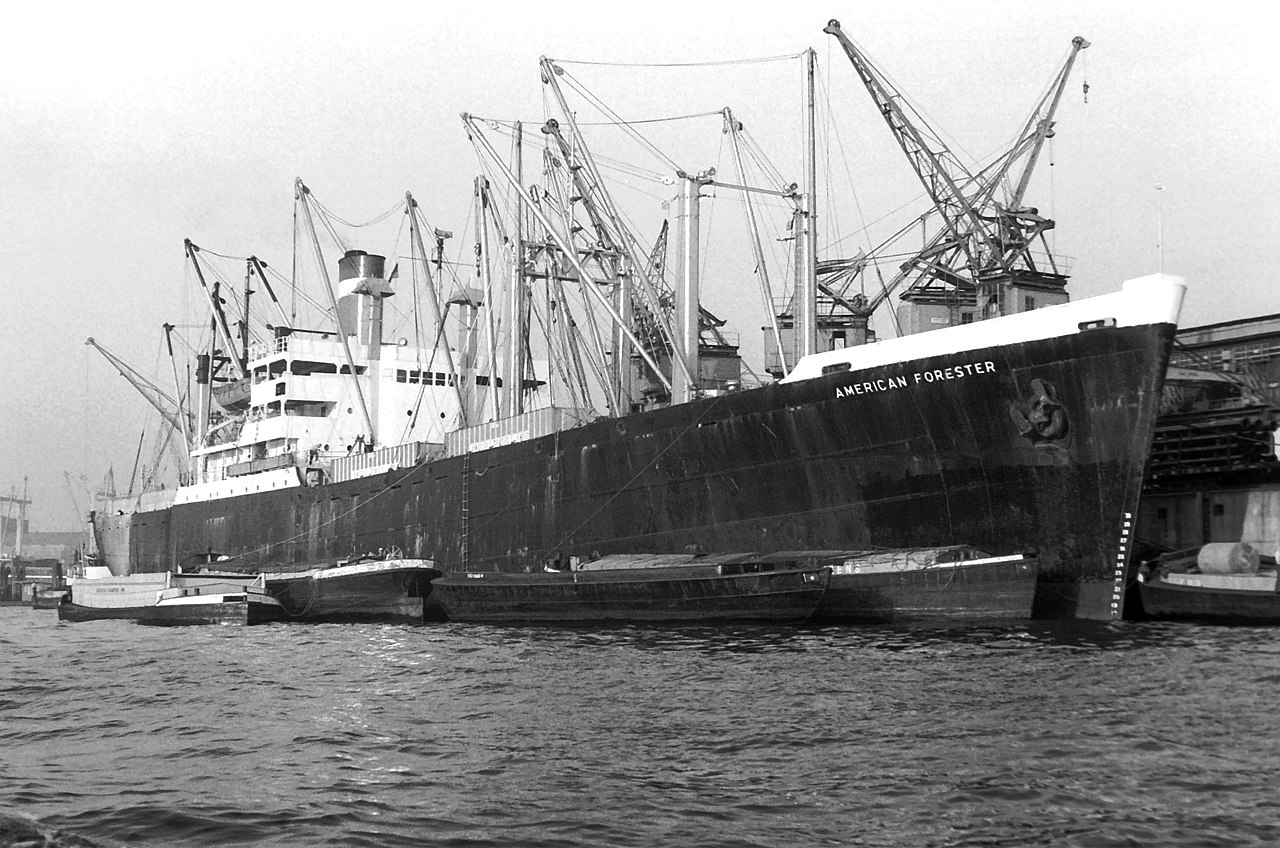
C2 American Forester
It soon became apparent that the Maritime Commission would need to take more dramatic steps if it was to make its goal of building 50 ships a year for a decade, and it began to develop a series of standard designs, fast, state-of-the-art vessels which could be easily converted to support the fleet in time of war. Some were contracted for directly by commercial operators, while others were ordered by the government with the intention of leasing them to the shipping lines. The centerpiece of the program were three types of general cargo ship of differing lengths and speeds, the Type C1, Type C2 and Type C3 transports. The first contracts for these ships, fast and economical by the standards of the day, were placed in 1938, and quickly expanded throughout both the traditional shipbuilders that had survived the interwar years and new yards that were opening up as the world ramped up for war.
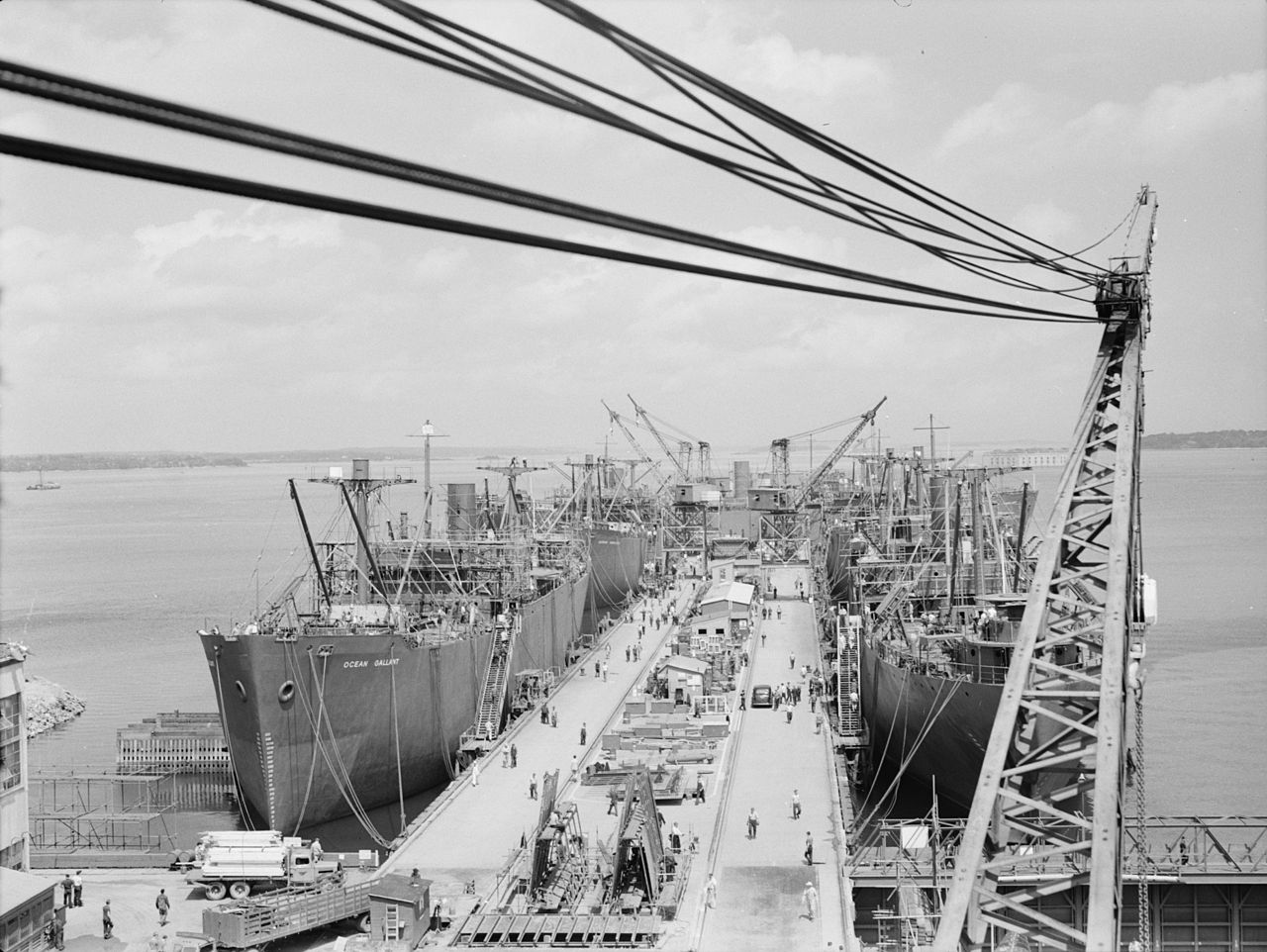
Ocean types are launched in Portland
This long-range program was accelerated with the outbreak of war in Europe, but the scale of shipbuilding required didn't become apparent until late 1940, when U-boats based in France began to wreak a terrible toll on British shipping. The British, as part of their general purchasing trip to the US, asked for 60 new ships. America's existing shipyards were already working flat-out building ships for both the Navy and the Maritime Commission, so the British program would have to be completed in new yards built for the purpose. Nor was that the only industrial limitation it faced. While C2s would have been desirable, the C2 was propelled by turbines, which even the Maritime Commission was finding it difficult to get in the face of the Navy's priority. The design the British settled on was based on a series of tramp steamers developed by J.L. Thompson and Sons of Sunderland in northeast England. It was sturdy, economical, relatively cheap to build, and could carry 10,000 tons of cargo at about 11 kts with a triple-expansion steam engine and a coal-fired Scotch boiler. Two new 7-way yards, in Richmond, California and Portland, Maine, were set up to build these ships, known as the Ocean class, and the program would be managed by the Maritime Administration through Gibbs and Cox, America's leading naval architecture firm. Contracts were signed for both yards in December of 1940, and work began on the ships even as the yards were still being built around them.
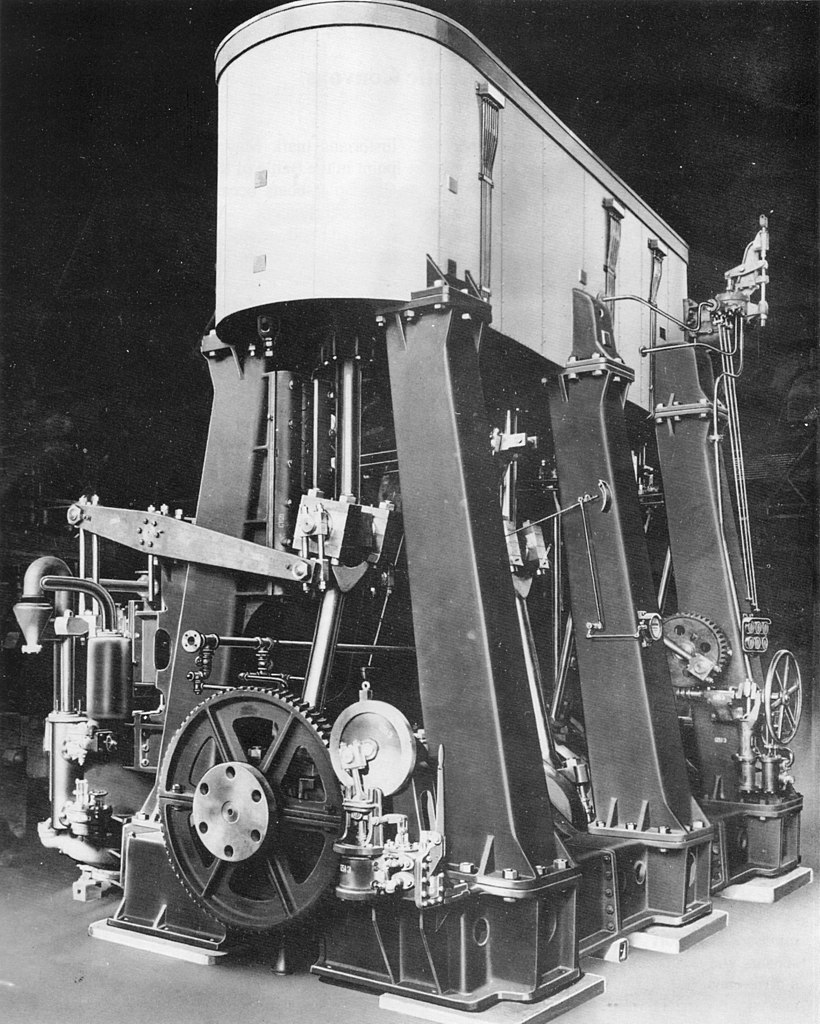
The triple-expansion engine chosen for the emergency ships
But the world situation continued to worsen, and despite the Maritime Commission's efforts to concentrate on the long-range program, President Roosevelt announced 200 more ships to join the British order in the first days of 1941, to be built at seven more new yards totaling 51 ways. Some of these yards were managed by existing shipbuilders, but five, including the two for the British, were run by Todd Shipyards, a conglomerate that had wide experience in industry but was almost new to shipbuilding, including a construction magnate by the name of Henry J. Kaiser, famous for his work on dams throughout the West. The ships they would produce were originally known as "five-year ships", based on their intended service life, but it would be late in 1941 before any of them reached the water.
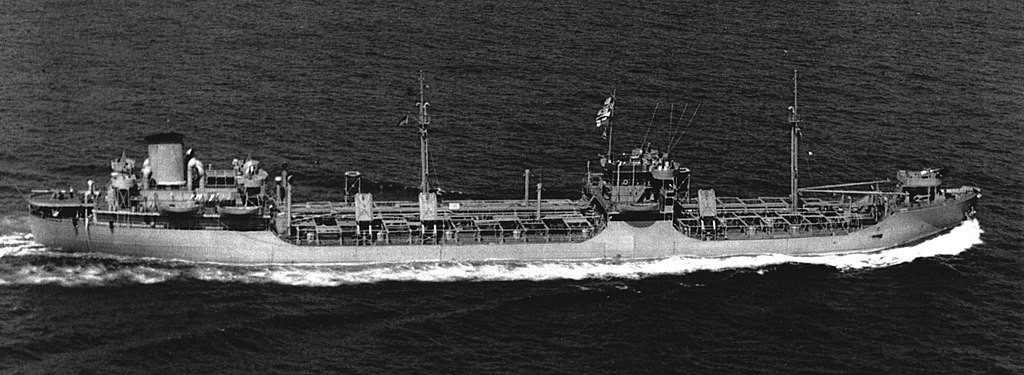
T2 tanker Hat Creek
During that time, the program would be expanded again. In April, a new act authorized 306 new merchant ships, of which 112 were of the emergency type, 122 were C1s, C2s and C3s, and 72 were T2 tankers based on a commercial design, a type that had previously been mostly ignored by the Maritime Commission as the oil companies had done a good job of keeping their fleets up to date even during the Depression. To get around the bottleneck in the production of gearing, the T2s were built using turboelectric propulsion for a speed of around 15 kts with over 16,000 tons of oil onboard. Building all of these ships meant even more expansion in yard facilities, although the decision was made to expand the planned yards instead of building entirely new ones. In May, an Unlimited National Emergency was declared, and efforts began to speed up construction of the new ships, with the intent of the program shifting from building specific numbers to getting as much tonnage to sea as quickly as possible, with planned ships per slip per year rising from 2 to 3.5. Planned yards were enlarged yet again over the summer and fall, and on September 27th, the first of the new emergency ships, Patrick Henry, went down the ways in Baltimore.
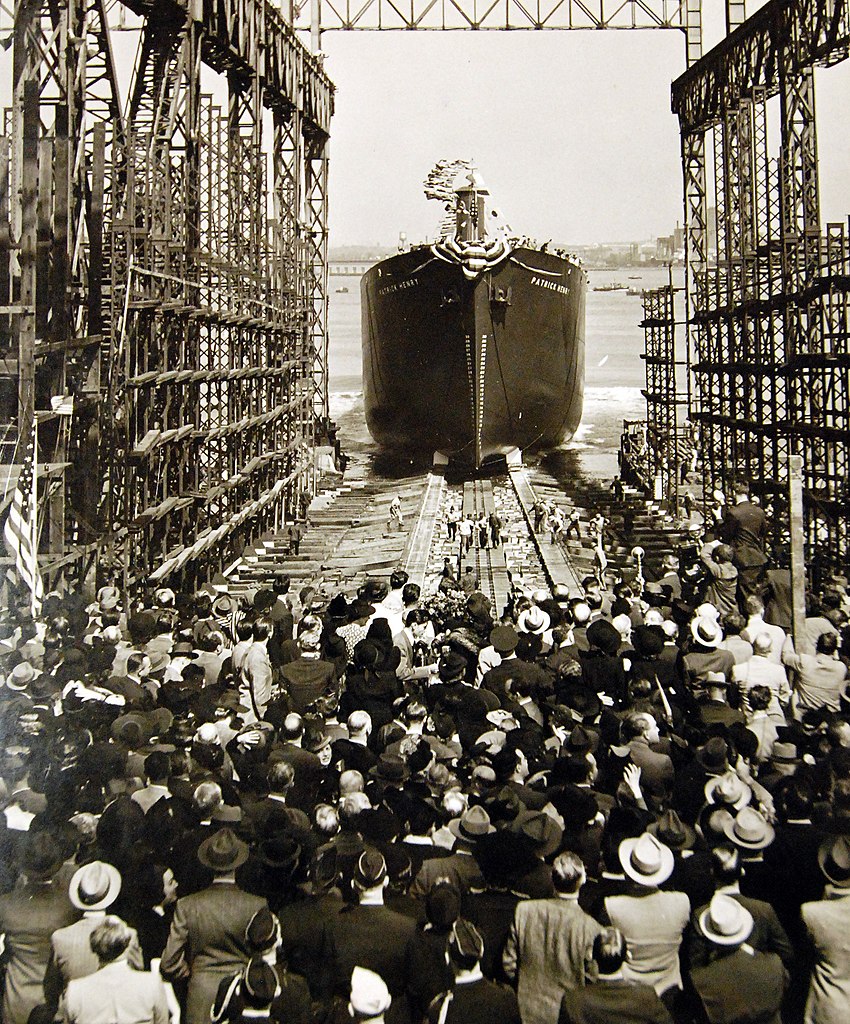
Patrick Henry goes down the ways
She was one of 14 vessels launched on "Liberty Fleet Day" to publicize the shipbuilding program, and it was the speech given by FDR at her launch that would immortalize her type. The official designation, EC2, was too dry, and they had been originally known as "ugly ducklings" after Roosevelt made disparaging remarks about the type's appearance when the program was announced. But on that day, he instead referred to them as Liberty Ships, the name under which they would become one of the great symbols of American industrial might in the coming war, as thousands of the ships carried the lifeblood of the Allied war effort around the world.
1 To make sure there's no ambiguity here, Merchant Marine is the technical term for a country's civilian/commercial shipping. ⇑

Comments
Plus ca change...
How many of the last 150 years has the Merchant Marine NOT been in crisis? 20?
Interestingly enough, the Jones Act was, at least in part, passed due to the lack of US-flagged merchant marine in WWI; according to Wikipedia